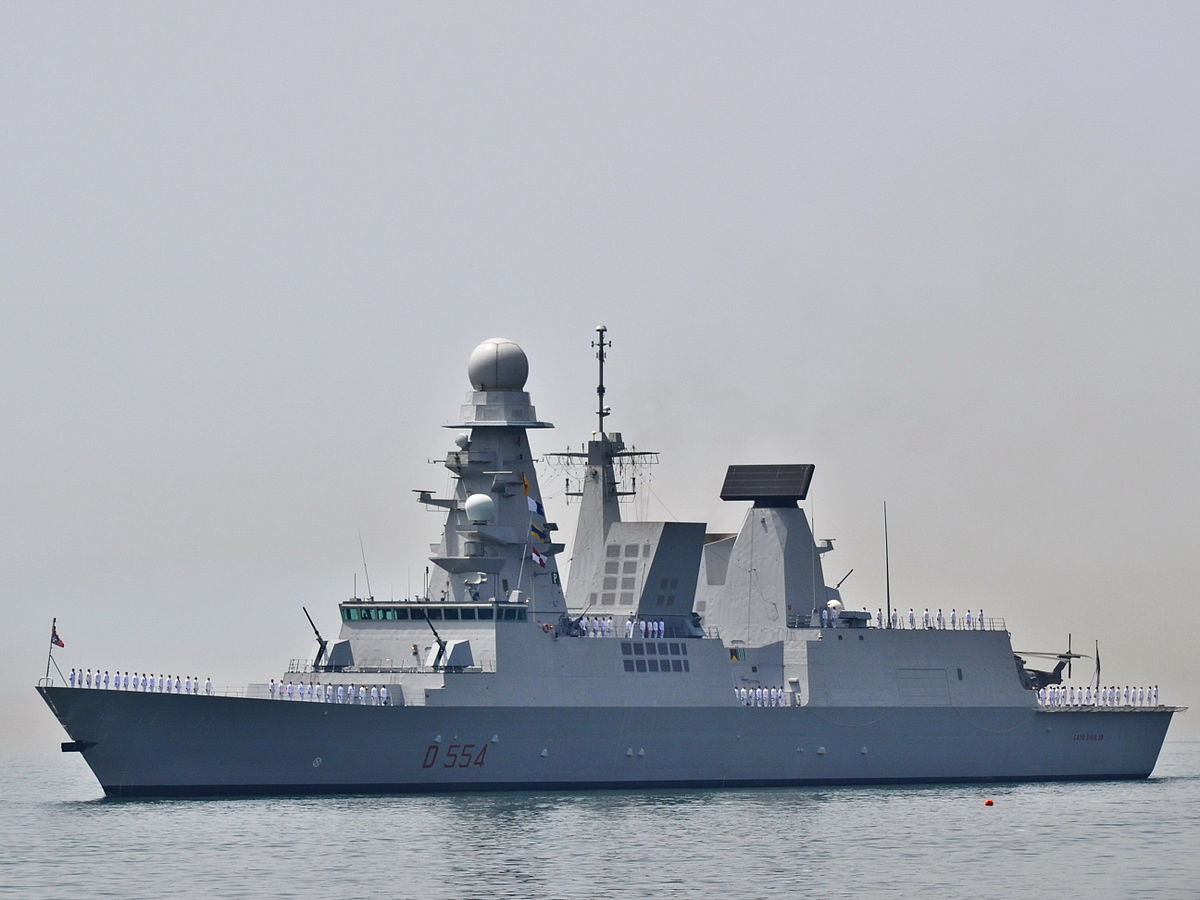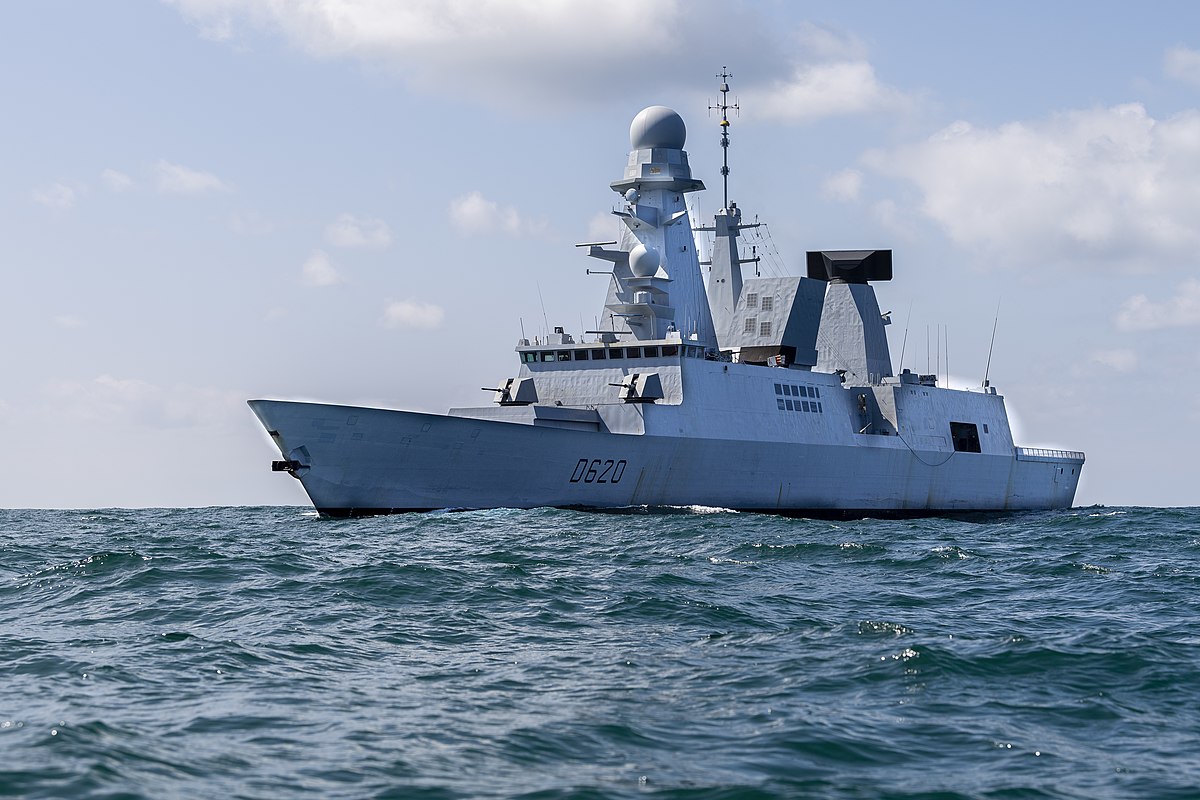- Joined
- 27 September 2006
- Messages
- 6,417
- Reaction score
- 6,818
Apart from the easy answer: build one that works properly?
The Type 45 as we know from contributions to this site had a long gestation period.
Had the NATO NF90 frigate of the1980s produced a result, the RN's share were intended to replace the T42.
After the Cold War, the RN with France and Italy plodded along with Project Horizon. Meanwhile Spain and Norway designed and built their own ships based on AEGIS.
At the end of the 90s the Horizon nations went their own way. None could afford very many of the design. France and Italy built 2 each. The RN even with a much reduced armament fit could only manage 6.
So nearly 40 years after the first sketches we have replaced T42.
Could we have done it better?
How many DDG51s could the RN have got for the money? 14?
Should the UK have built a simpler national design in the 90s,?
The Type 45 as we know from contributions to this site had a long gestation period.
Had the NATO NF90 frigate of the1980s produced a result, the RN's share were intended to replace the T42.
After the Cold War, the RN with France and Italy plodded along with Project Horizon. Meanwhile Spain and Norway designed and built their own ships based on AEGIS.
At the end of the 90s the Horizon nations went their own way. None could afford very many of the design. France and Italy built 2 each. The RN even with a much reduced armament fit could only manage 6.
So nearly 40 years after the first sketches we have replaced T42.
Could we have done it better?
How many DDG51s could the RN have got for the money? 14?
Should the UK have built a simpler national design in the 90s,?


